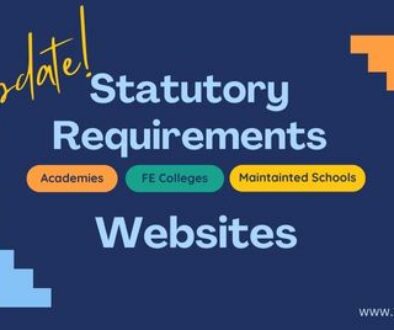Assigning Teacher role in the Category Context
In Moodle 1.9, assigning Teacher role to a user in the Category context means the user will have access to ALL courses under the category as a Teacher.
In Moodle 2.0, this no longer applies. Assigning Teacher role in the Category context do not automatically gives Teacher access to all the courses as Teacher.
So how does one group courses under each category, say Science subject and give Science Teachers the appropriate access to all the courses contained within?
To begin with, the Teacher role is not even shown in the Category context anymore. Only Managers and Course Creators are shown.
Recover the Teacher Role Option in the Category Context
To add Teacher role into the Category context the site administrator needs to tick the “category” option under “Context types where this role may be assigned” found in Settings > Site administration > Users > Permission > Define roles
So here are 5 ways to assign Teacher role in Category Context:
1. Use enrolment method at course level either “manual enrolment” or “self enrolmnent” with key feeding to Teacher role for courses under the category
2. Assign Manager role at the Category context, this gives teachers access to ALL courses in the category
3. Assign Manager role in System context (not recommended), this gives teacher access to ALL courses in ALL categories (and entire system, including front page)
4. Use cohort and category sync plugin – understanding of cohort and category sync required for teacher role and may be overly complicated
5. Role Definition – after enabling category context under teacher role settings (see to add teacher role into the category context above) to ensure that new courses created will have teachers assigned automatically, the administrator needs to set to “allow” the capability enrol/category:synchronised for the role in question. Go to Settings > Site Administration > Users > Permissions > Define roles.
So there you are, five options for assigning Teacher role in Category Context.
Did you find this tutorial useful? Do share it on.
Author: Samuel J Tan
Copyright © Xelium Ltd. All Rights Reserved. This article cannot be used in part or whole without expressed permission or license from Xelium Ltd. The author of this work and Xelium Ltd reserves all rights to the content of this website as the original creator and owner.



13 February 2013 @ 9:57 pm
Just as teachers’ work orientations contain varying mixtures of attention to their own classroom practice and interest in and collaboration with other teachers’ practices, so to, school cultures vary between those with a more restricted definition of the teacher role and those that encourage and facilitate teachers’ broader involvement with peers in their school or beyond. These two poles of work culture are embodied in contrasting organizational structures that are designed to address two fundamental needs of social organization (Aldrich & Marsden, 1988). Hierarchical, bureaucratic structures are characterized by differentiated roles and responsibilities which enable individuals to take clear and authoritative actions based on the expertise that comes from specialization. However, autonomous decision-making may create a norm of private practice–of non-interference. In contrast, participatory and fluid organizational structures evolve from the goal of integrating individuals into a cohesive common culture. Such structures produce norms of collaboration, mutual assistance, and collective responsibility and decision-making.